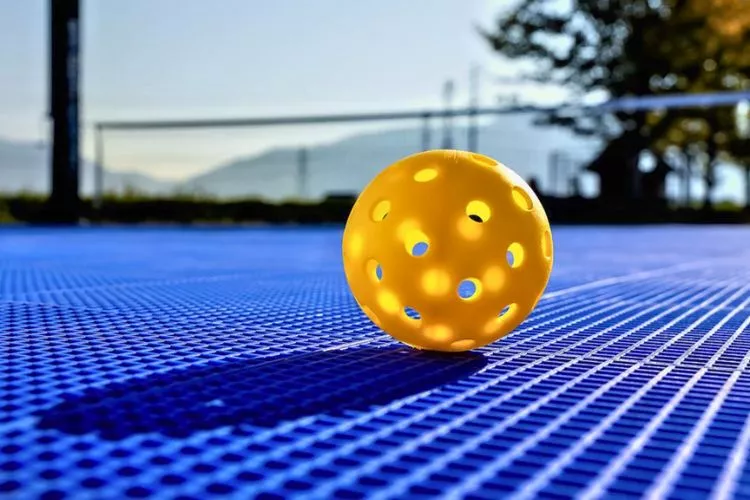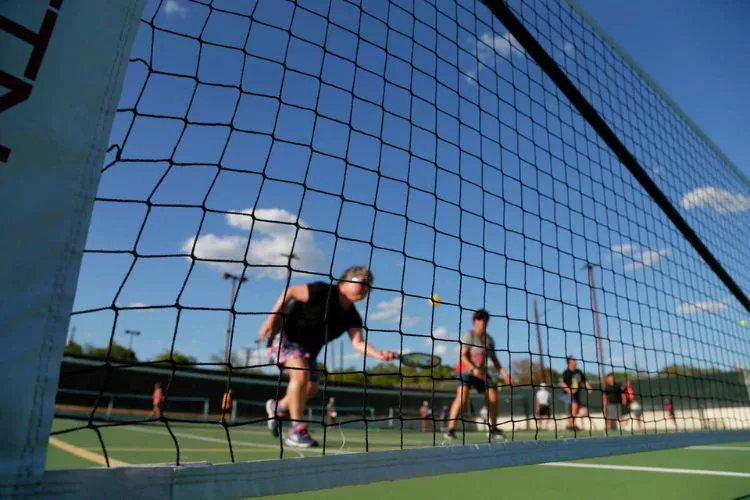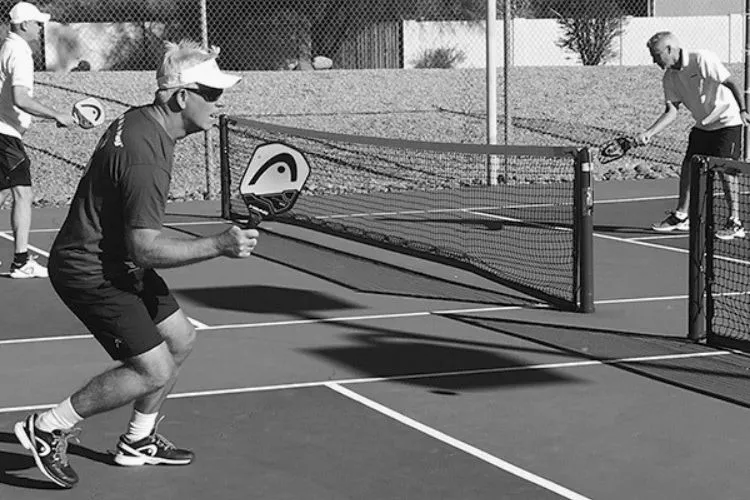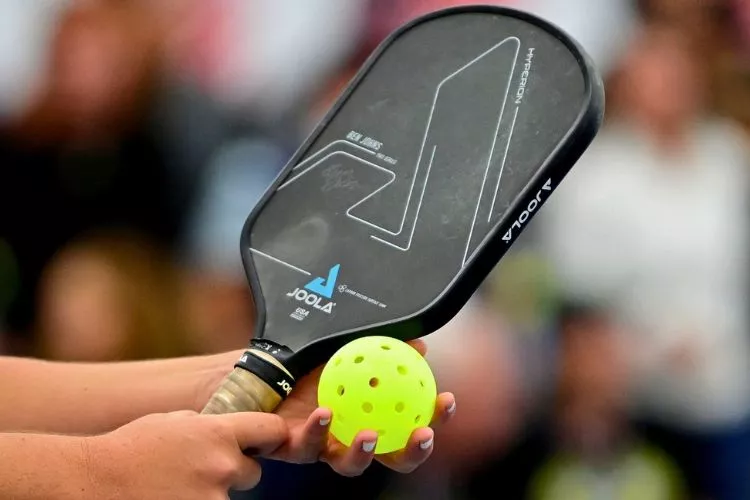This comprehensive walk-through aims to unfold the layers encompassing Pickleballs history, and evolution. As we tread ahead, anticipate a riveting exploration into the birth of this recreation, its continual development, the milestones it has surpassed, and most importantly, the ease with which it captivated hearts worldwide.

Our goal remains to serve you with an enriched understanding of this sporting sensation – revealing the innovative strides, the pivotal moments and the profound influences that all amalgamated to mold Pickleball into the exhilarating sport it triumphantly stands as today.
Where is the birthplace of pickleball? (Pickleballs History)
Where exactly did the enthralling sport of Pickleball come to life? The answer lies on Bainbridge Island, Washington. Here, the fusion of various sports elements merged to create a brand new game. In 1965, three friends – Joel Pritchard, Bill Bell, and Barney McCallum – sought to devise a fun, engaging activity for their families.

This unique recreational pursuit took shape as they combined the fundamental components of badminton, tennis, and table tennis. The game was christened “Pickleball,” inspired by the Pritchards’ family dog, Pickles, who would fiercely chase after the errant balls.
Today, Bainbridge Island stands proud as the birthplace of this captivating sport, which has expanded its reach far beyond these shores.
What’s the history of pickleball?
To recount the rich history of Pickleball, one must return to the summer of 1965, when Pritchard, Bell, and McCallum first introduced the game. Over time, the sport transcended its humble beginnings in Bainbridge Island, spreading across neighborhoods and communities throughout the United States.
In 1972, Sid Williams established the National Pickleball Association (NPA) as the sport continued to garner attention and support. The first official Pickleball rulebook saw formulation and release in 1976 by McCallum and other founding members.
Fast forward to today, Pickleball’s magnetic charm has traveled internationally, amassing a passionate following of players and enthusiasts, tirelessly pushing the boundaries of this exhilarating game.
When was the first pickleball tournament?
The staging of the first-ever Pickleball tournament unraveled in 1976, merely a decade after its conception. The event, known as the “1st Annual Pickleball Tournament,” took place at the South Center Athletic Club in Tukwila, Washington.

Attended by participants from nearby states such as Oregon and California, the occasion showcased the enthusiasm brewing for the sport. Witnessing fierce competition in various categories such as singles and doubles, this milestone displayed the magnetic draw of Pickleball, uniting diverse groups of people to revel in its charm.
This inaugural event served as a precursor for future tournaments, paving the way for numerous local, national, and international competitions that continue to captivate a global audience and boost the sport’s dynamic evolution.
Where did the name pickleball originate?
Where did the name ‘Pickleball’ originate? A popular story says it was named after Pickles, Joel Pritchard’s family dog who showed a penchant for running off with the balls during their game.

However, this retelling is not entirely accurate as according to Joan Pritchard, she recalls the game was named after the ‘pickle boat’ – the last boat to return with its catch in rowing.
Essentially, it referred to how the game was constituted, with an amalgamation of various sports equipment, something like the pickle boat which in rowing was filled with leftover oarsmen. Either way, the name ‘Pickleball’ has managed to stick and become synonymous with this ever-evolving sport.
What are 3 facts about the history of pickleball?
- Inception: Pickleball was invented in 1965 on Bainbridge Island, Washington. Joel Pritchard, Bill Bell, and Barney McCallum created the game to entertain their families during the summer.
- Growth: The game expanded beyond Bainbridge Island through teachers who discovered Pickleball during a visit and decided to introduce it in their physical education programs.
- National Recognition: Establishing the USA Pickleball Association (USAPA) in 1984 was pivotal in promoting the sport nationally, providing a set of standardized rules, and aiding in its overall growth and recognition.
What year did pickleball become a sport?
While Pickleball was invented in 1965, it wasn’t officially recognized as a sport until the USA Pickleball Association (USAPA) formed in 1984. This association was formed to help the game achieve greater establishment, standardize its rules, and oversee its promotion and development.

Since then, Pickleball has seen a surge in popularity, with an increasing number of tournaments being held yearly and more recreational and competitive players joining the ranks.
When did pickleball become popular?
The sport of Pickleball has been progressively gaining popularity since its initial years. However, it truly exploded in popularity in the 2010s, largely due to the health and social benefits it offered, coupled with its versatile nature.
As more people learned about the game and parks and recreation departments across the US began adding courts, the game started seeing a rapid rise in interest. Today, Pickleball is considered one of the fastest-growing sports in North America, with its infectious blend of fun, competitive spirit, and community bonding, appealing to individuals of all age groups.
Conclusion:
As we bring our journey to a close, it is evident that Pickleball has transformed from a summer pastime to a worldwide phenomenon. This inventive sport has soared to tremendous heights since its humble beginnings on Bainbridge Island, echoing a captivating tale of growth, evolution, and unwavering popularity.
Each chapter of Pickleball’s history has shaped its current stature, unraveling a rich tapestry of milestones, personalities, innovation, and perseverance. The game’s inherent diversity and inclusivity have played no small role in its popularity, inviting individuals of all ages and fitness levels to engage in the sport.

Pickleball’s more than a game to me—it’s a passion. I write, sharing its highs and lows, the thrills and the lessons. Some tales might draw you to the court, while others give a hint of the game’s magic. So, curious about my journey? Ready to dive deep into the world of pickleball with me? Let’s go.
